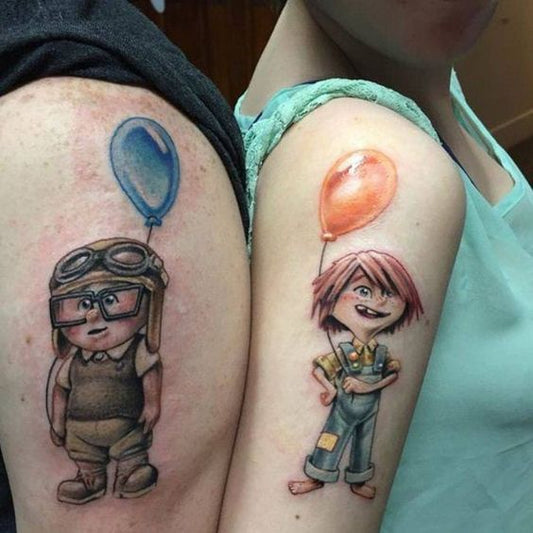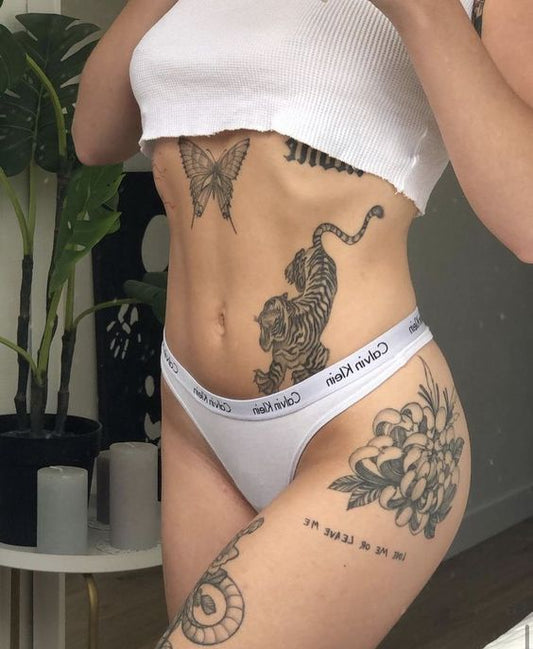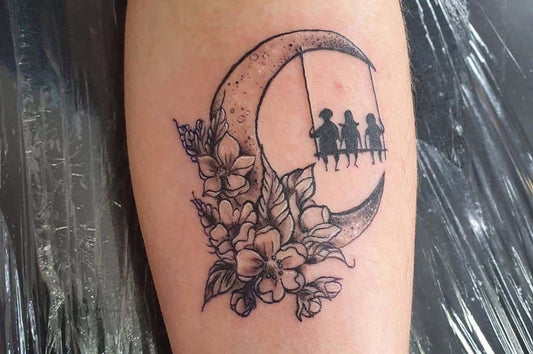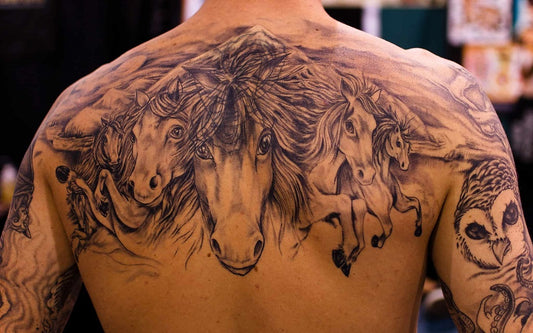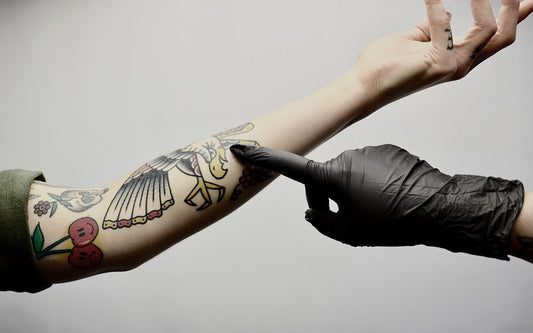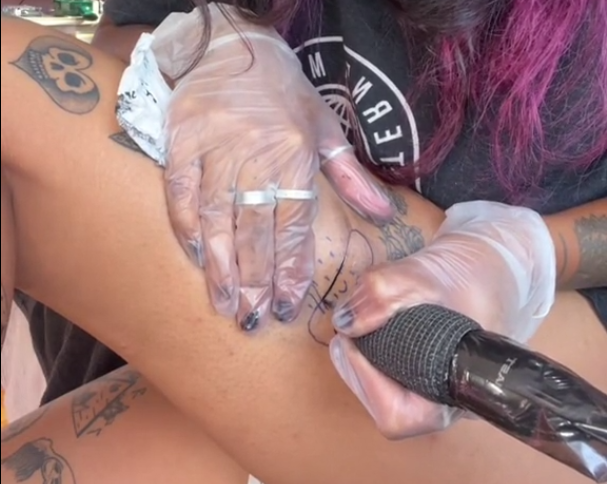
Beginner's Complete Guide to Doing Your Own Tattoos
As a new tattoo artist, especially if this is your first time tattooing on human skin. That these practice tattoos may not be your best work. If you can find some guidance during the process, then you've come to the right place. We'll cover what you need to know before getting started and guide you through the process of tattooing yourself.

How to tattoo yourself?
Almost every tattoo artist practices on themselves. It allows you to learn without messing up someone else's skin. However, even though it's "practice" - it's still a real tattoo. It's important to remember that a tattoo is an open wound. Any hazardous space increases your risk of infection. Appropriate tattoo equipment is very important, please be sure to use a professional tattoo pen, needles, ink and other tools for tattooing. Otherwise, it makes you easily get infected, which not only won't give you the desired effect, but will also make the tattoo more painful.
Stainless steel tray or cart: Before starting the tattoo, you need to set up a site to help you keep everything clean and safe.
Massage bed or metal chair: To protect yourself from infection, you need to sit in an area that can be easily wrapped in plastic barriers and disinfected. This means either a metal chair or a massage bed. Sofas, cushions, carpets, etc. are difficult to clean and increase the risk of infection for your tattoo.
Plastic barrier: Cover all surfaces with cling film. Make sure to wrap your machine in a machine bag and secure it with non-slip tape.
Non-slip tape: You will use it to seal around the tattoo machine.
Gloves: Always wear gloves when tattooing, even on yourself. Bacteria on your hands or under your nails can cause infection.
Tongue depressor: Use a tongue depressor instead of your finger to take Vaseline out of the jar to prevent cross-contamination. Applying a thin layer of Vaseline on the stencil can protect it when you tattoo and wipe off the ink.
Tissues: When tattooing, you will use thick tissues to wipe away excess ink from your skin.
Lighting: You'll need lots of light for tattooing. Just turning on the lights in the room you're tattooing in isn't enough, you'll be wrestling with your shadow trying to see what you're doing. Aim an LED light (such as a ring light) at the area you're tattooing to make your work easier.
Tattoo machine: Which type of tattoo machine is right for you will depend on your personal preference and where you feel comfortable. However, we recommend most beginners to use pen machines. They are usually more comfortable to use because they are not as heavy as coil vs rotary tattoo machine.
In addition to your setup and machine, you'll need these tattoo tattoo materials to actually do the tattoo:
Transfer paper, tattoo ink, ink caps, needles, cleaning tissues
Choosing design and layout: We recommend easy tattoos for beginners. That way, even if it's not your best work, it won't take up a lot of space and you can cover it up later.

When it comes to tattooing yourself, keep the following in mind:
Decide on location, pain level. If you are in extreme pain, it is difficult to concentrate on the tattoo. For this reason, we recommend avoiding sensitive areas such as palms, fingers, feet, ankles, back of knees, and elbow creases. "Fatter" areas like thighs and calves hurt less and often have "good" skin for tattooing because they are naturally stretched.
It's likely that your first tattoo on yourself won't be your best tattoo. That's why we recommend tattooing on your leg. They're easier to hide than bad tattoos on your arms or hands. You don't want bad tattoos in areas that are easy to see early in your career. Save these areas for your favorite artist or more advanced tattoos you can do in the future.
When getting a tattoo, keep the following in mind:
Pay attention to needle depth
It's hard to ignore the pain of the needle, which makes many people not go deep enough into the skin when tattooing. You naturally want to pull back a little, so pay close attention to whether the needle is going deep enough.
Stretch your skin
You need to stretch your skin to get clean lines - no matter where you're tattooing. Remember to stretch in the direction you're tattooing.
Hold your machine correctly
Your machine should be facing the direction you're tattooing. This will make tattooing yourself more difficult because you'll have a harder time moving it around like you would with a client. However, making sure you hold the machine correctly - rather than just using body rotation to move it around - will make your lines cleaner.

Clean up your space
Dispose of all disposable items, disinfect your workspace, and place all used needles or medicine cartridges in a biohazard sharps container.
Follow-up and evaluate your work
Make sure you follow proper aftercare so your tattoo heals well and you can see the final result of your tattoo. As your tattoo heals, you'll be able to start judging what you did well and what you need to improve on.






